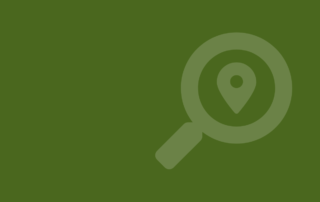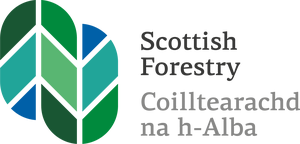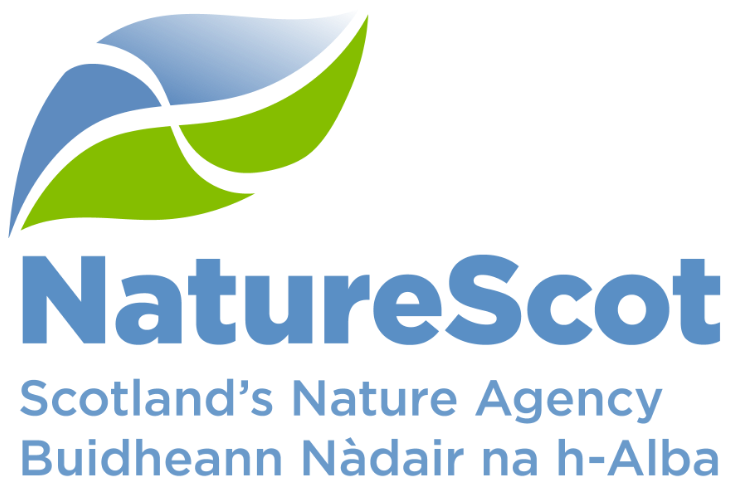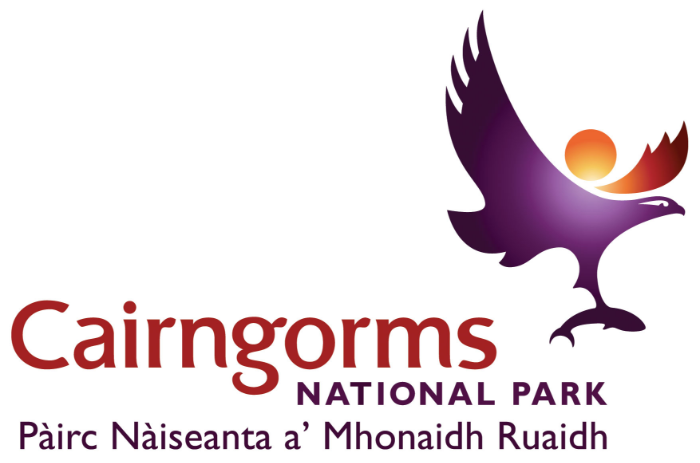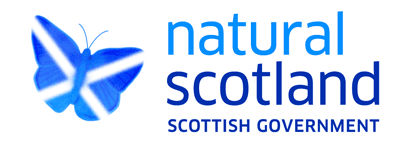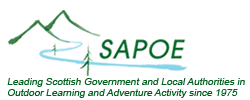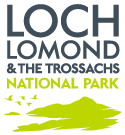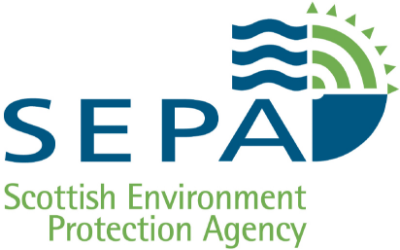NOW is the time to create your Hoverfly Lagoons!
Here’s a great idea if you would like to explore water in your school grounds or local space and take part in Citizen Science and STEM learning. This year the Buzz Club wants to investigate the effect of ponds (and other water bodies) on hoverfly recruitment to Hoverfly Lagoons. For [...]
Give wild bees a choice!
Solitary bee species are important pollinators, but what do they need? Read this article in The Conversation (1 March 2024) to discover more: Wild solitary bees offer a vital pollination service – but their nutritional needs aren’t understood
Shetland shines
This post on Scottish Pollinators (4 March 2024) reflects on how Shetland Islands Council has introduced some simple measures which give nature a helping hand.
Crumbling, dusty, ugly – and valuable
This post on Scottish Pollinators (20 February 2024) explores and celebrates the value of neglected and brownfield sites for nature.
Travelling into a green future
Discover how confidence in adopting pollinator-friendly actions is taking hold around Scotland’s transport network, old and new, in this post by Scottish Pollinators (12 February 2024). Read about how ScotRail and Scottish Canals are skilfully showcasing the many things we can do to help wildlife, and the involvement of local [...]
Mining their own business
This post on Scottish Pollinators (5 February 2024) explores the amazing job invertebrates do in sustaining our global soil ecosystem, and this includes the fascinating part played by mining bees.
Fabulous community pollinator projects across Scotland
Read about a range of fantastic projects vying for prizes in the NatureScot sponsored pollinator-friendly category, in this Scottish Pollinators blog past (December 2023). These have been highlighted by the 2023 Keep Scotland Beautiful ‘It’s Your Neighbourhood’ gathering.
Three’s a crowd
This Scottish Pollinators blog post (27 November 2023) explores the benefits, pitfalls and amazing adaptations involved for pollen specialists.



